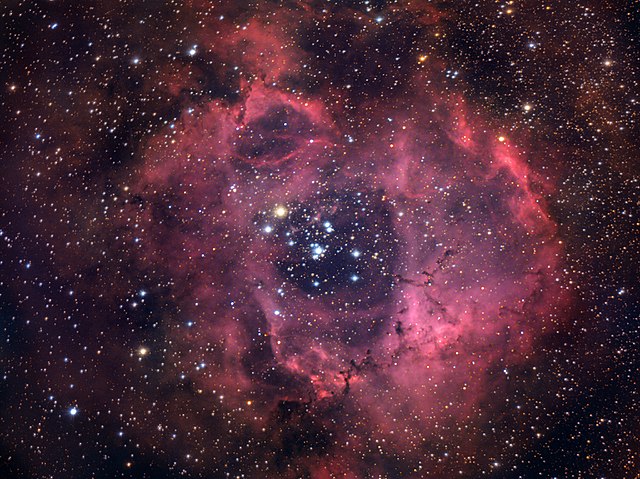
Exploring A Spectrum Of Possibility
Following on from yesterday’s Blog surrounding the recent hearings in Congress “on UFOs”, here we have an article that delves into some Science, theoretical and factual, that relates.
Common Scientific Theories About Alien Species
For as long as humans have looked up at the stars, the possibility of extraterrestrial life has tantalised our collective imagination. While science fiction may have painted vivid portraits of aliens, we’ll delve into the real-world theories proposed by experts, scholars, and scientists about the potential types of alien species that might exist out there in the cosmos.
1. Microbial Life: The Most Likely Contenders
One of the most prevalent theories among scientists is the likelihood of microbial life existing on other planets or moons within our own solar system. The discovery of extremophiles—organisms that thrive in harsh conditions on Earth—has expanded our understanding of the potential habitability of other celestial bodies. Mars, with its history of water and seasonal flows, remains a prime candidate for harbouring microbial life. Similarly, the subsurface oceans of moons like Europa and Enceladus could provide the right conditions for microbial ecosystems.
2. Intelligent Civilisations: The Rare or Abundant Debate
The Fermi Paradox, which questions the apparent absence of extraterrestrial civilisations despite the vast number of potentially habitable planets, has spurred various theories. Some experts propose that intelligent civilisations are rare due to the complex conditions required for life to evolve beyond a certain point. Others suggest that intelligent life could be abundant, but cosmic factors such as self-destruction, lack of communication methods, or the vastness of space could explain our lack of contact.
3. Post-Biological Beings: The Future Evolution
Some theories go beyond imagining traditional carbon-based life forms and instead propose the existence of post-biological entities. These hypothetical beings could have evolved beyond the need for physical bodies and instead exist as digital or energy-based entities. Such beings might communicate or travel through advanced technology that’s beyond our current comprehension. This theory raises the possibility that we might not be searching for life as we understand it, but rather forms of intelligence that defy our traditional definitions.
4. Non-Carbon-Based Life: A Different Foundation
Life on Earth is based on carbon, but other elements could potentially serve as a foundation for life on other worlds. Silicon, for instance, has been considered as an alternative building block for life due to its similar chemical properties to carbon. While it’s still a theoretical concept, this idea opens up the possibility of entirely different biochemical processes that could result in diverse forms of alien life.
5. Dyson Spheres and Megastructures: Advanced Civilisations
Another intriguing theory is the existence of advanced alien civilisations that have harnessed the energy of their entire star system. Concepts like Dyson spheres—an enormous structure that encircles a star to capture its energy—are the stuff of theoretical physics. The search for unusual phenomena, such as possible “alien megastructures” that dim the light of distant stars, has fuelled speculation about civilisations far more advanced than our own.
6. Parallel Evolution: Familiar Yet Alien
Parallel evolution posits that similar environmental conditions on other planets could lead to the development of life forms that share similarities with Earth’s creatures. This could result in familiar traits—such as limbs, eyes, and even intelligence—arising in beings that look alien but function in ways that mirror Earth’s evolutionary paths.
7. Cryptobiota: The Hidden Life
The concept of cryptobiota suggests that life could exist in ways that are currently beyond our perception. Microscopic or even macroscopic life forms could exist in obscure or inaccessible niches, such as deep within the crust of a planet, beneath the icy surfaces of moons, or in the atmospheres of gas giants. These hidden ecosystems might operate under entirely different biological principles.
8. First Contact Dilemmas: Biological and Technological Risks
When considering potential alien species, it’s essential to explore the challenges associated with first contact. Experts debate the risks of exchanging information with other civilisations. Concerns range from the transmission of harmful pathogens to potential cultural misunderstandings or the potential misuse of advanced technology that could result in unintended consequences.
While theories about the types of alien species that might exist span a wide spectrum, what unites them is the profound curiosity that drives human exploration. While we await concrete evidence of extraterrestrial life, these theories remind us that the universe is a vast canvas of possibilities, awaiting discovery.
The search for alien life isn’t merely about uncovering the unknown; it’s about unravelling the mysteries of our existence and finding our place in a cosmos that may be teeming with life forms, each as unique as our own planet.